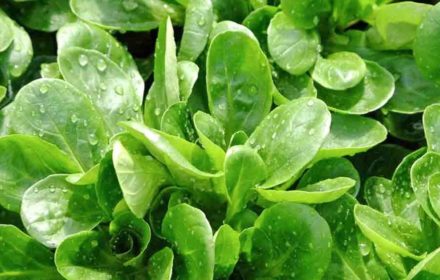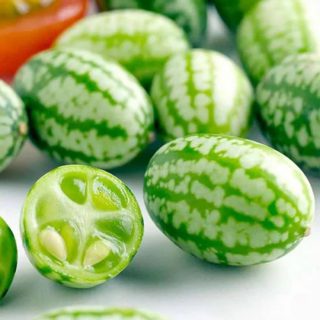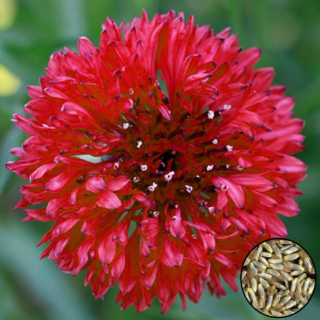Growing Tropical Giant Lemon Grass from Seeds
Known for its towering height and sweet, citrusy aroma, Tropical Giant Lemon Grass is an excellent choice for gardeners seeking both ornamental beauty and practical benefits. This hardy perennial thrives in our UK climate and serves as a natural insect repellent while also enhancing culinary dishes with its distinctive flavour. Each packet contains over 50 seeds from the Cymbopogon Flexuosus genus, offering a generous start to your herb garden. Once established, these plants can reach heights of over 4 feet, making them a striking feature in any garden setting.
When to Sow Tropical Giant Lemon Grass Seeds in the UK
- Sowing Temperature: For optimal germination, maintain soil temperatures between 21-24°C (70-75°F). This temperature range ensures quick and even sprouting of seeds.
- Soil and Location: Select a location with fertile, well-drained soil that receives full sunlight. Lemongrass prefers rich soil amended with organic compost to provide the necessary nutrients for robust growth.
- Seed Sowing Advice: Sow seeds at a depth of 1/4 inch. Keep the soil consistently moist but not waterlogged during the germination period.
Sowing Lemon Grass Seeds in Spring
- Indoor Start: Begin indoors in late winter to early spring, around February to April, to get a head start on the growing season. This is particularly useful in regions with shorter growing periods or cooler springs.
- Outdoor Transplanting: Transplant seedlings outdoors when they are sturdy enough and the risk of frost has passed, typically from late May to June. Ensure soil temperatures have consistently reached 21°C (70°F) for best results.
Growing Lemon Grass in Summer
- Direct Sowing: In areas with a longer growing season, direct sowing outdoors can be done in early to mid-summer, around June to July. This timing is ideal for harvesting in late autumn.
- Considerations: Ensure the soil is warm and there’s sufficient time for the plants to mature before the colder months. Summer sowing may require additional watering to keep the soil moist due to higher temperatures.
Growing Lemon Grass in Autumn/Winter
- Overwintering: In milder UK regions, sowing in autumn for overwintering can yield an early harvest the following year. Sow directly in the ground in September or October.
- Protection: Provide protection with fleece or a cloche as temperatures drop to shield young plants from severe frost and ensure their survival over winter.
Caring for Lemon Grass Plants & Seedlings
- Transplanting: When transplanting seedlings outdoors, plant them 2 inches deep and space the plants 2-3 feet apart to allow for ample growth. Ensure the soil is well-drained and rich in organic matter.
- Maintenance: Keep the soil moist but not waterlogged. Lemon grass benefits from regular watering, especially during dry periods, to develop its full size and flavor.
- Companion Planting: Lemongrass pairs well with other herbs and vegetables, helping to deter pests and promote a healthy garden ecosystem.
- Harvesting: Harvest the lemongrass when the stalks are thick and robust. Gently pull the stalks from the soil and trim the leaves. Lemongrass is known for its fragrant aroma and is perfect for both raw and cooked dishes, adding a unique citrus flavor to a variety of culinary creations.
- Storage: Freshly harvested lemongrass can be stored in a cool, dark place or refrigerated to prolong its shelf life. It can also be dried or frozen for longer-term storage.
- Watering: Ensure consistent moisture, especially during dry spells. Water regularly to keep the soil evenly moist but avoid waterlogging.
- Weeding: Keep the area around lemongrass free from weeds, which compete for nutrients and water. Gentle hand weeding is preferred to avoid disturbing the roots.
- Mulching: Applying a layer of organic mulch helps retain soil moisture, suppress weeds, and regulate soil temperature.



















